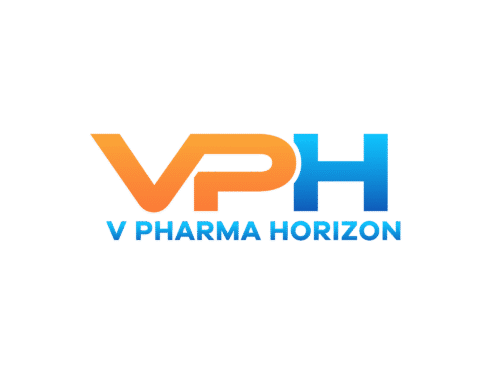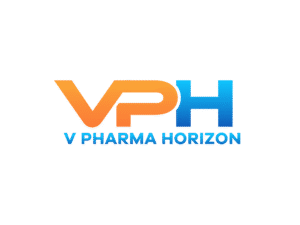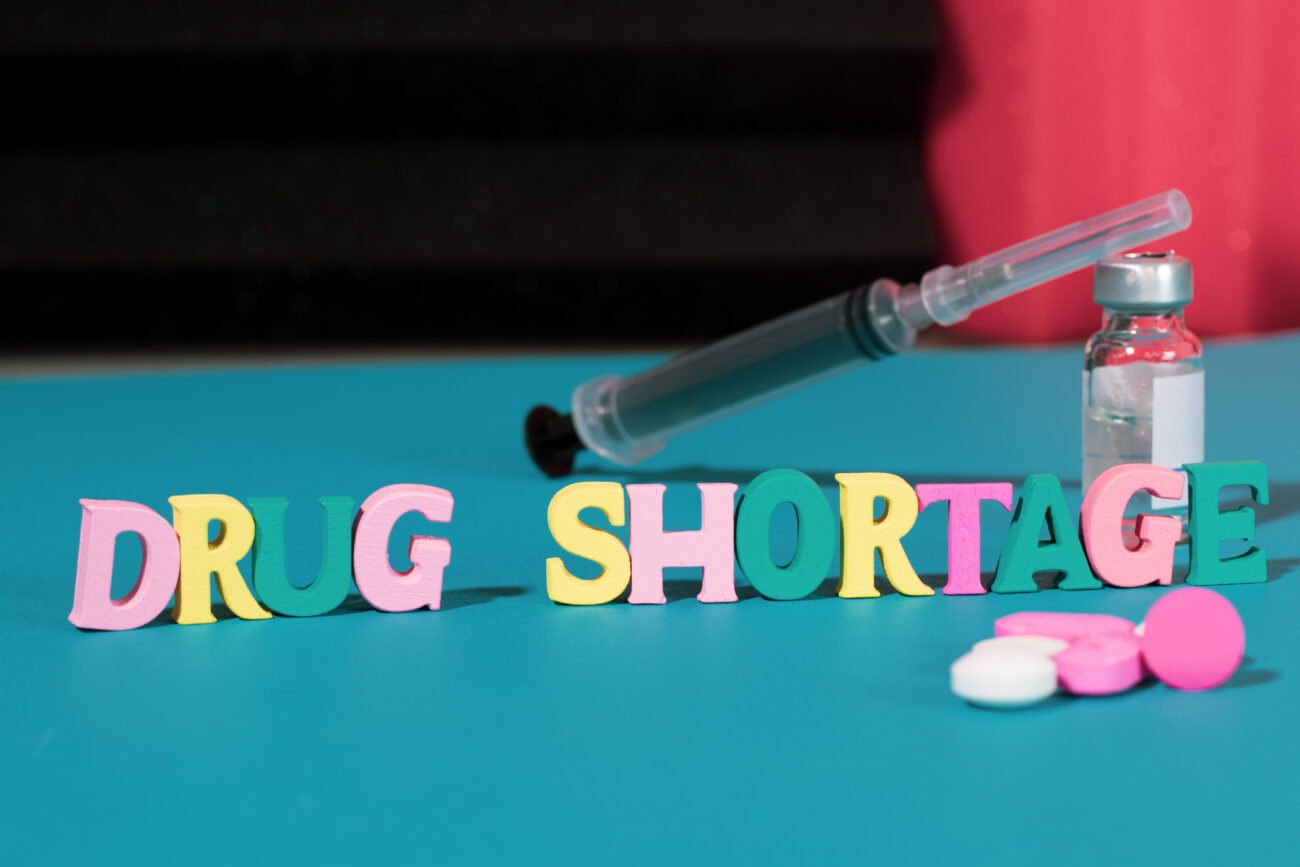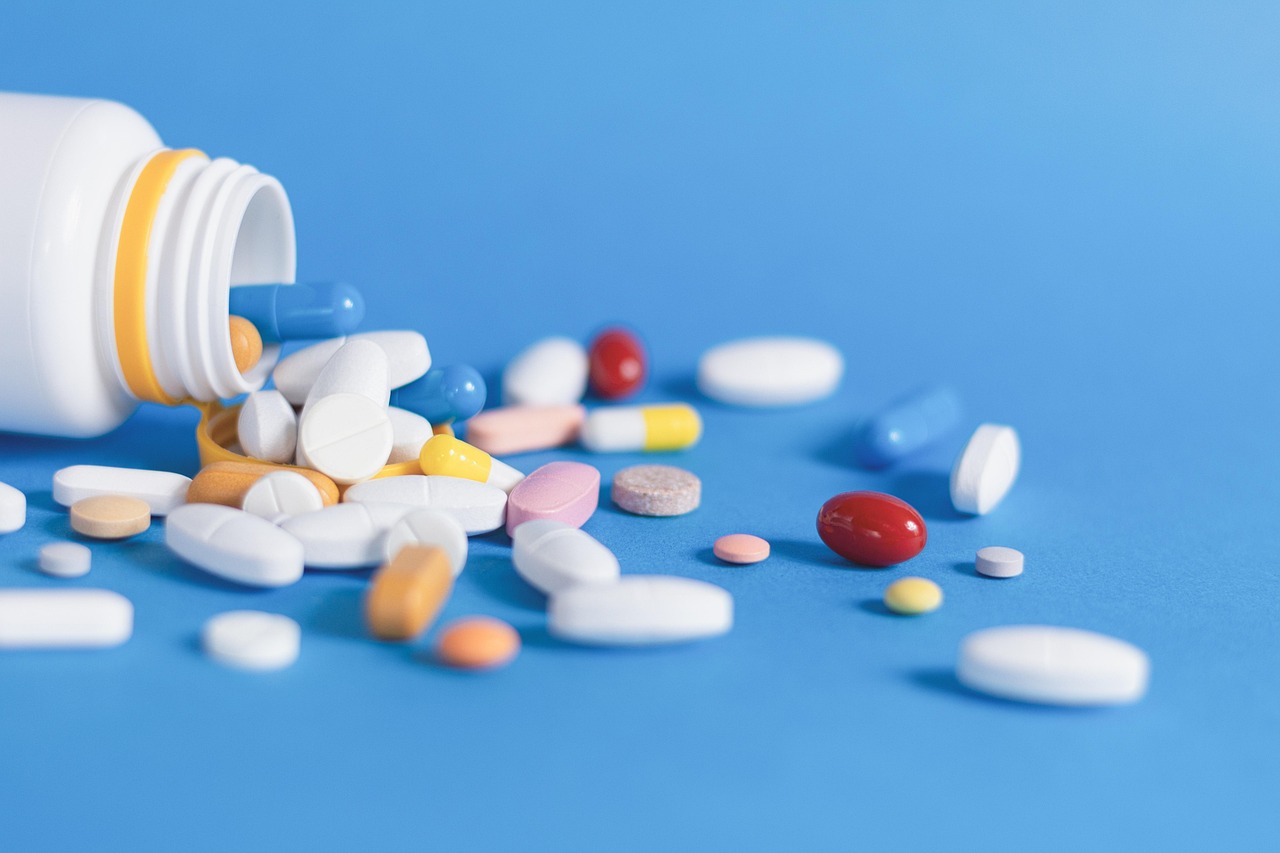Using IoT to Monitor Drug Quality in Transit
As the pharmaceutical supply chain grows increasingly global and complex, ensuring the integrity of drugs in transit has never been more critical. Biologics, vaccines, and other temperature-sensitive medications are highly susceptible to environmental fluctuations, and

As the pharmaceutical supply chain grows increasingly global and complex, ensuring the integrity of drugs in transit has never been more critical. Biologics, vaccines, and other temperature-sensitive medications are highly susceptible to environmental fluctuations, and even minor deviations can compromise their efficacy or safety. Enter the Internet of Things (IoT): a game-changing technology that is redefining how pharmaceutical companies monitor, manage, and maintain drug quality across the supply chain.
The Challenge of Maintaining Drug Quality in Transit
Pharmaceutical products—especially biologics and vaccines—require strict adherence to temperature, humidity, and light exposure conditions during storage and transportation. The traditional cold chain often relied on manual logging, periodic temperature checks, and reactive quality assurance processes. However, such approaches are insufficient in today’s fast-paced, high-stakes pharmaceutical landscape.
Missed alerts, lack of real-time visibility, and the inability to trace issues to their origin can lead to massive financial losses and, more critically, patient safety risks.
How IoT Enhances Visibility and Control
IoT-enabled logistics systems use connected sensors, GPS devices, and cloud-based analytics to monitor and control environmental conditions in real time. Here’s how IoT is transforming pharmaceutical transport:
1. Real-Time Environmental Monitoring
Smart sensors embedded in shipping containers or pallets continuously track critical parameters like temperature, humidity, vibration, and light exposure. Data is transmitted in real-time to centralized dashboards accessible to manufacturers, logistics providers, and regulators.
2. Predictive Alerts and Automated Responses
AI-powered analytics can detect patterns that indicate potential quality threats—such as a gradual rise in container temperature. Automated alerts enable proactive interventions, such as rerouting shipments or adjusting container settings, before quality is compromised.
3. End-to-End Traceability
IoT devices provide a digital thread throughout the journey of a drug shipment—from production to final delivery. This traceability improves accountability, supports regulatory compliance, and enhances the ability to conduct root cause analysis if an issue arises.
4. Tamper Detection and Security
Some IoT sensors include tamper-detection capabilities, alerting stakeholders immediately if a shipment is opened or compromised. This is especially crucial for high-value or controlled substances.
Case Studies in Action
- Pfizer and Cold Chain Monitoring: During COVID-19 vaccine distribution, Pfizer used IoT and GPS-enabled thermal sensors to monitor temperature conditions during transit. These tools were essential to ensuring doses arrived in optimal condition.
- Merck’s Smart Logistics System: Merck employs IoT devices across its logistics network to ensure compliance with Good Distribution Practices (GDP). Their system integrates real-time data with AI-driven analytics for optimized route planning and shipment monitoring.
The Regulatory Angle
Regulators such as the FDA and EMA are increasingly supportive of technologies that ensure compliance with guidelines like Good Distribution Practice (GDP) and Good Manufacturing Practice (GMP). IoT-based systems generate audit-ready data trails, simplify reporting, and demonstrate a commitment to quality and transparency.
Looking Ahead: The Future of Smart Pharma Logistics
The use of IoT in pharmaceutical logistics is rapidly evolving. Future advancements may include:
- Blockchain Integration: For immutable records and enhanced trust across stakeholders.
- 5G Connectivity: Enabling faster data transmission and lower latency in global logistics.
- Edge Computing: Allowing critical decisions to be made directly at the sensor level, reducing reliance on cloud systems in remote areas.
As pharmaceuticals become more specialized and sensitive, the tools we use to safeguard them must evolve. IoT provides a powerful, scalable solution for maintaining drug quality during transit. By enabling real-time visibility, proactive intervention, and end-to-end traceability, IoT is not just a technological upgrade—it’s a vital part of the future of pharmaceutical supply chain integrity.






